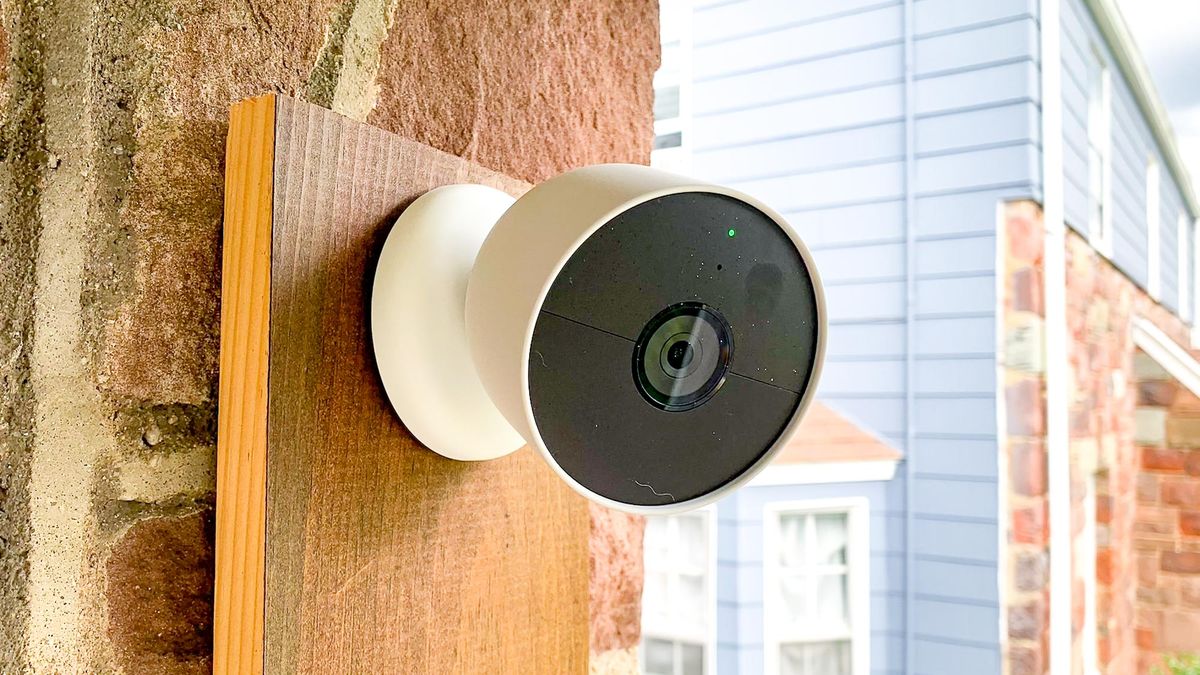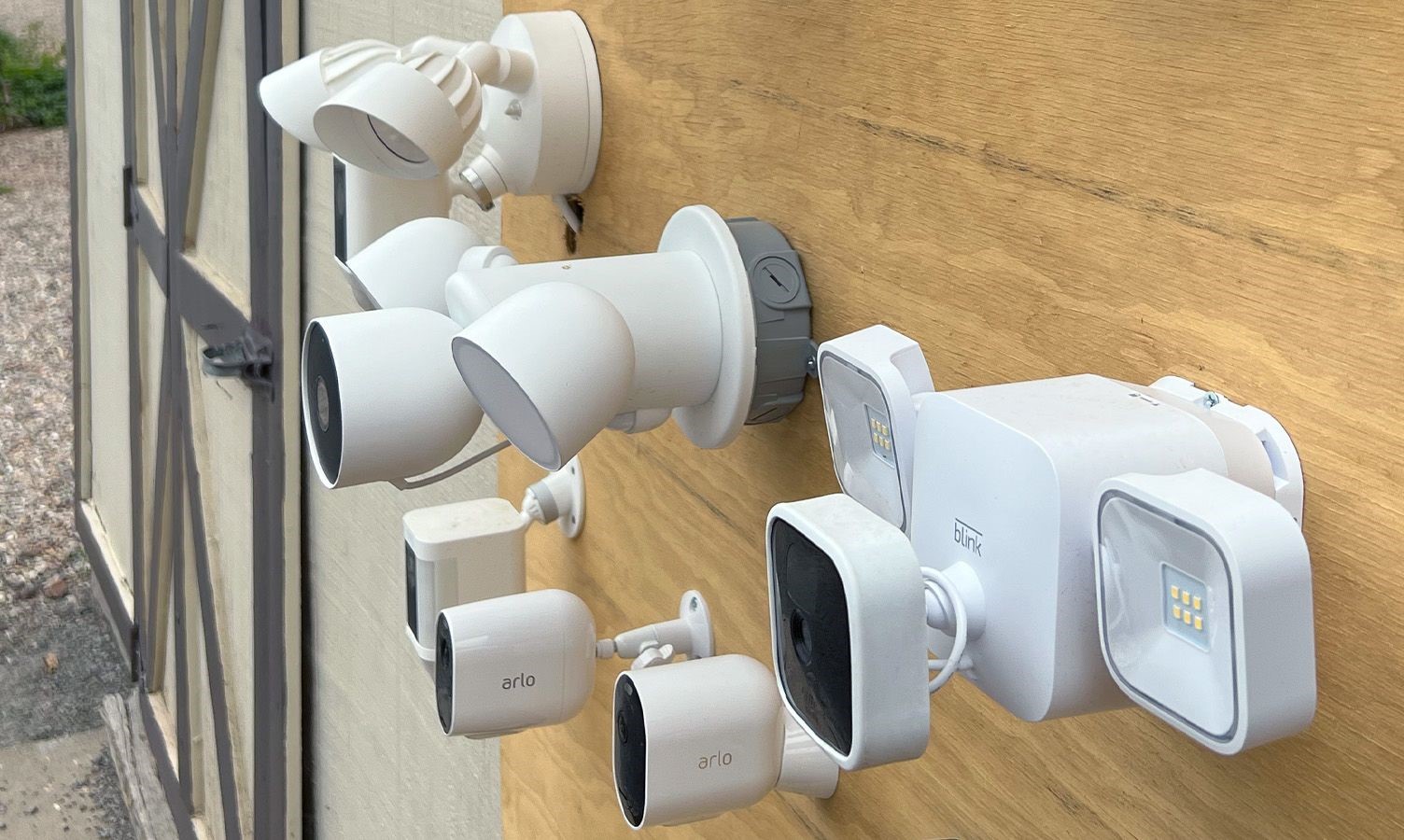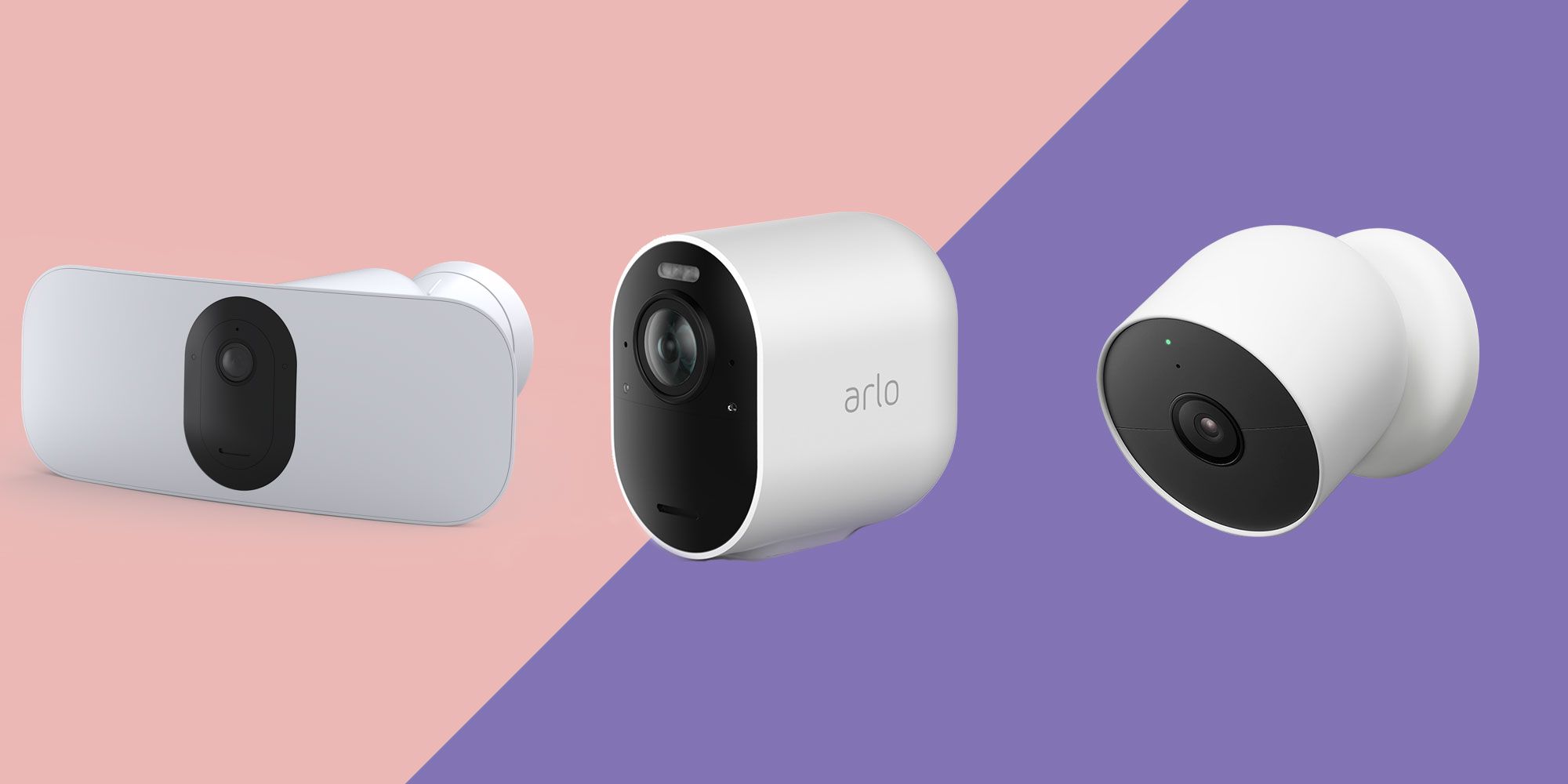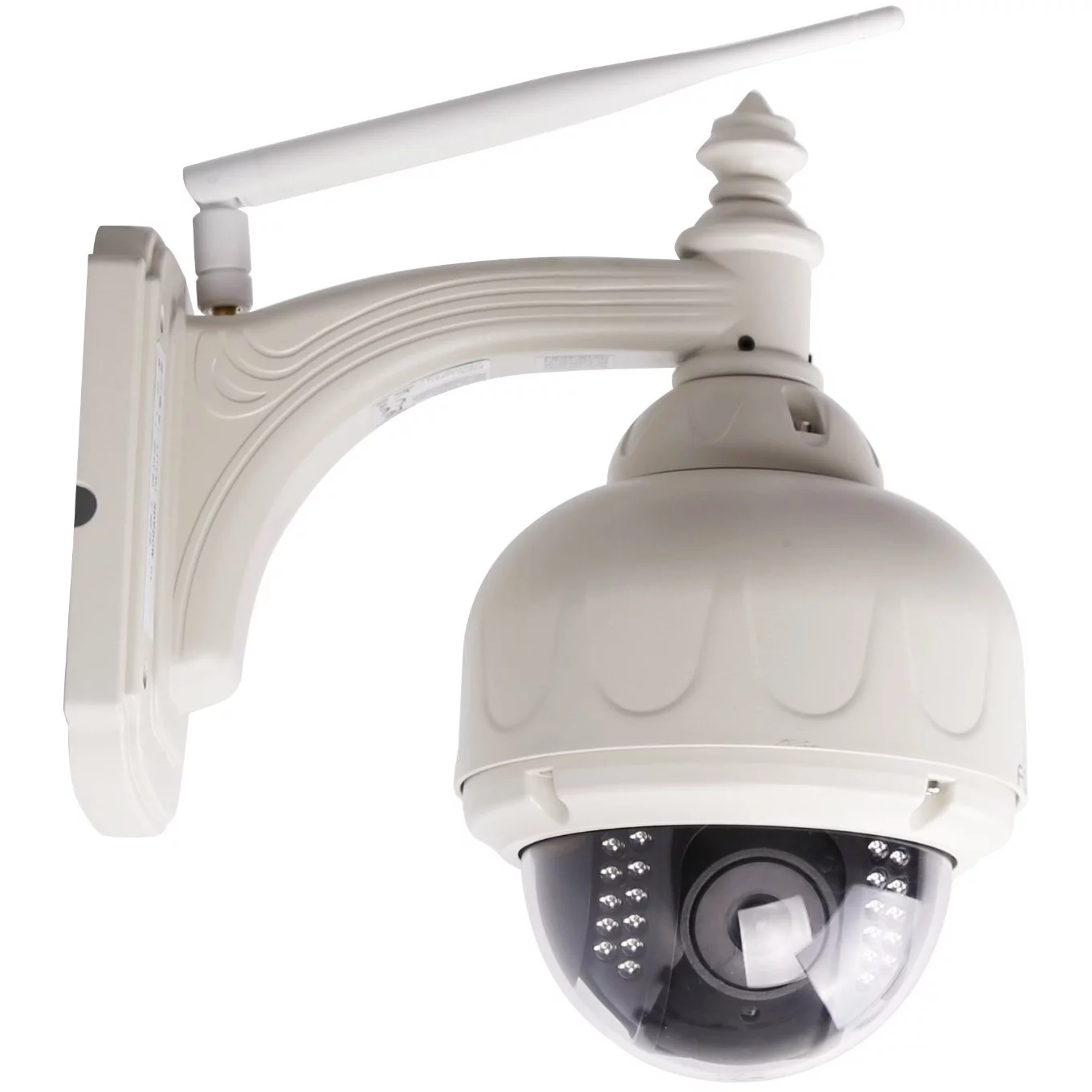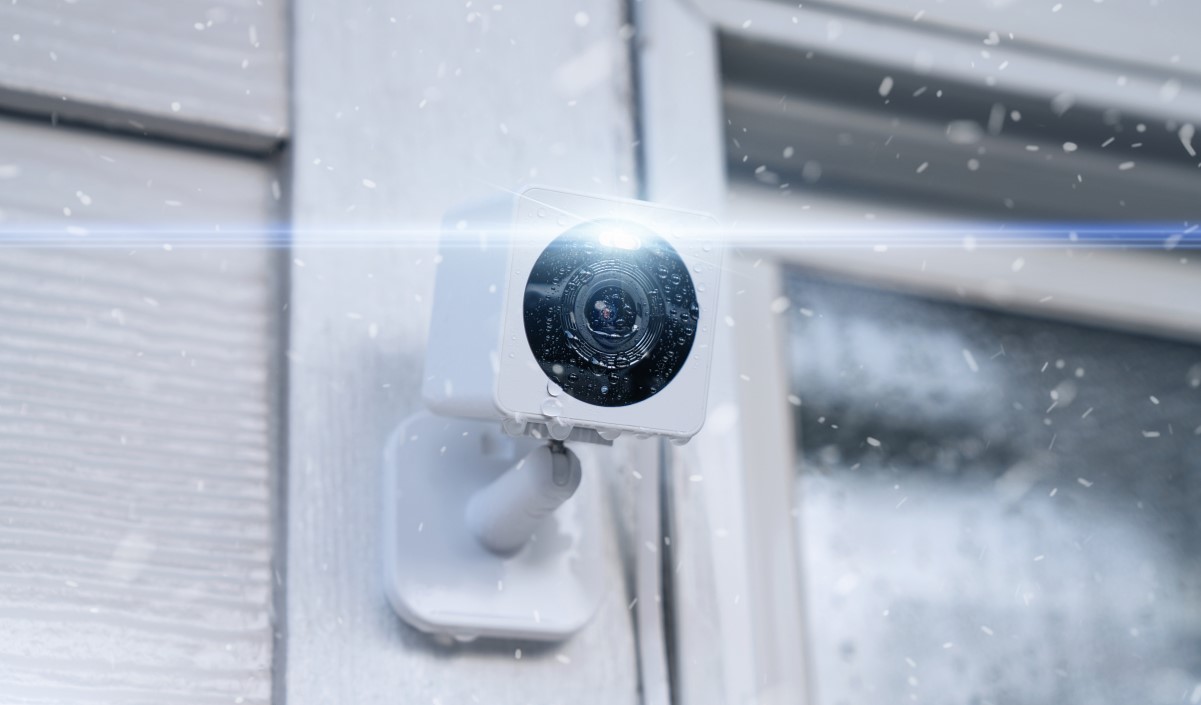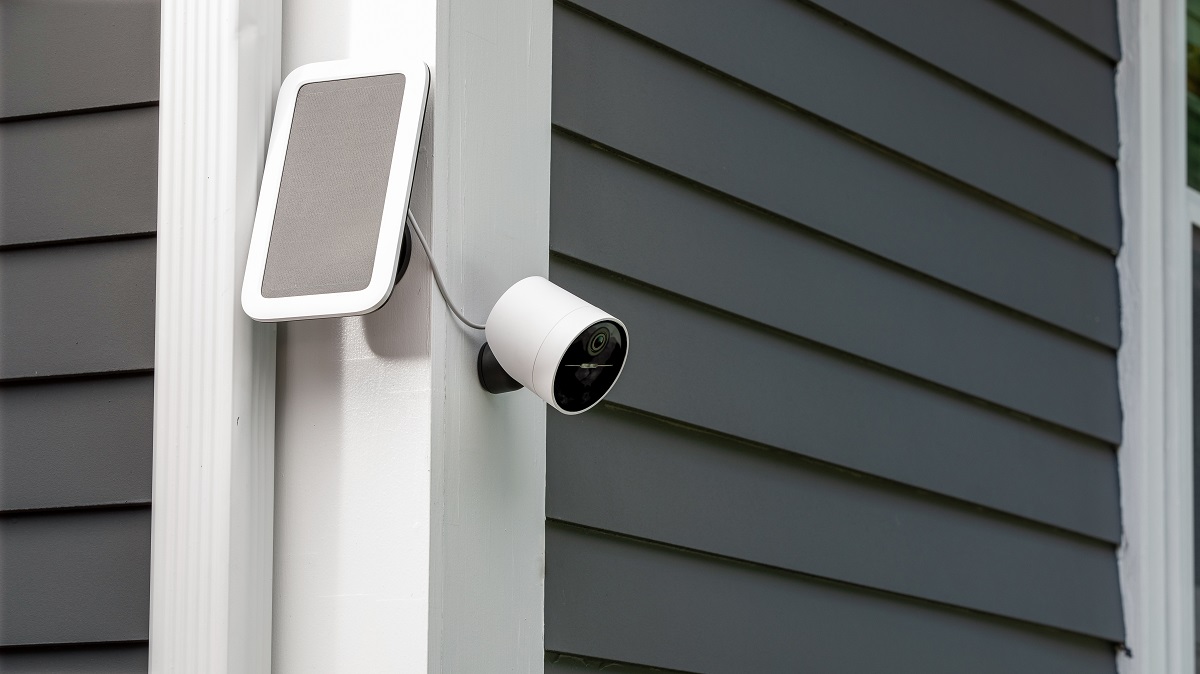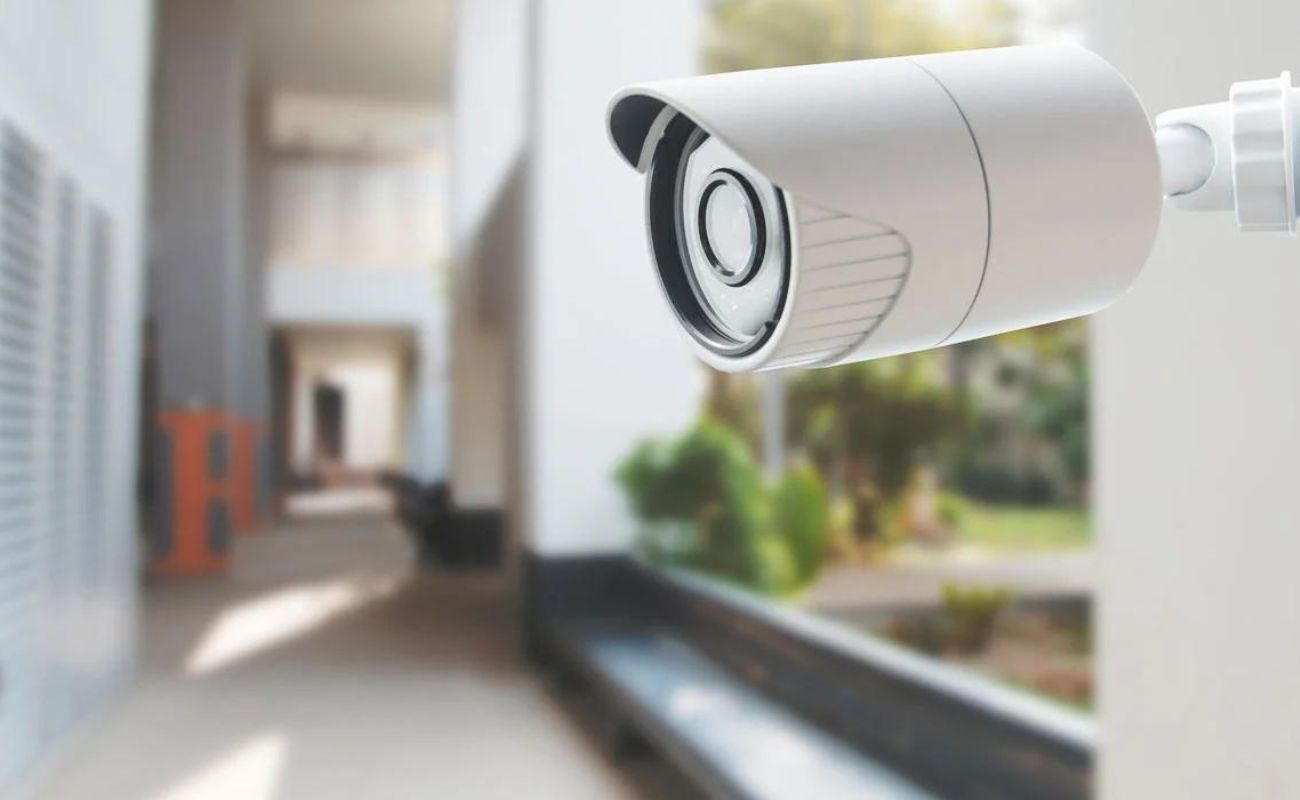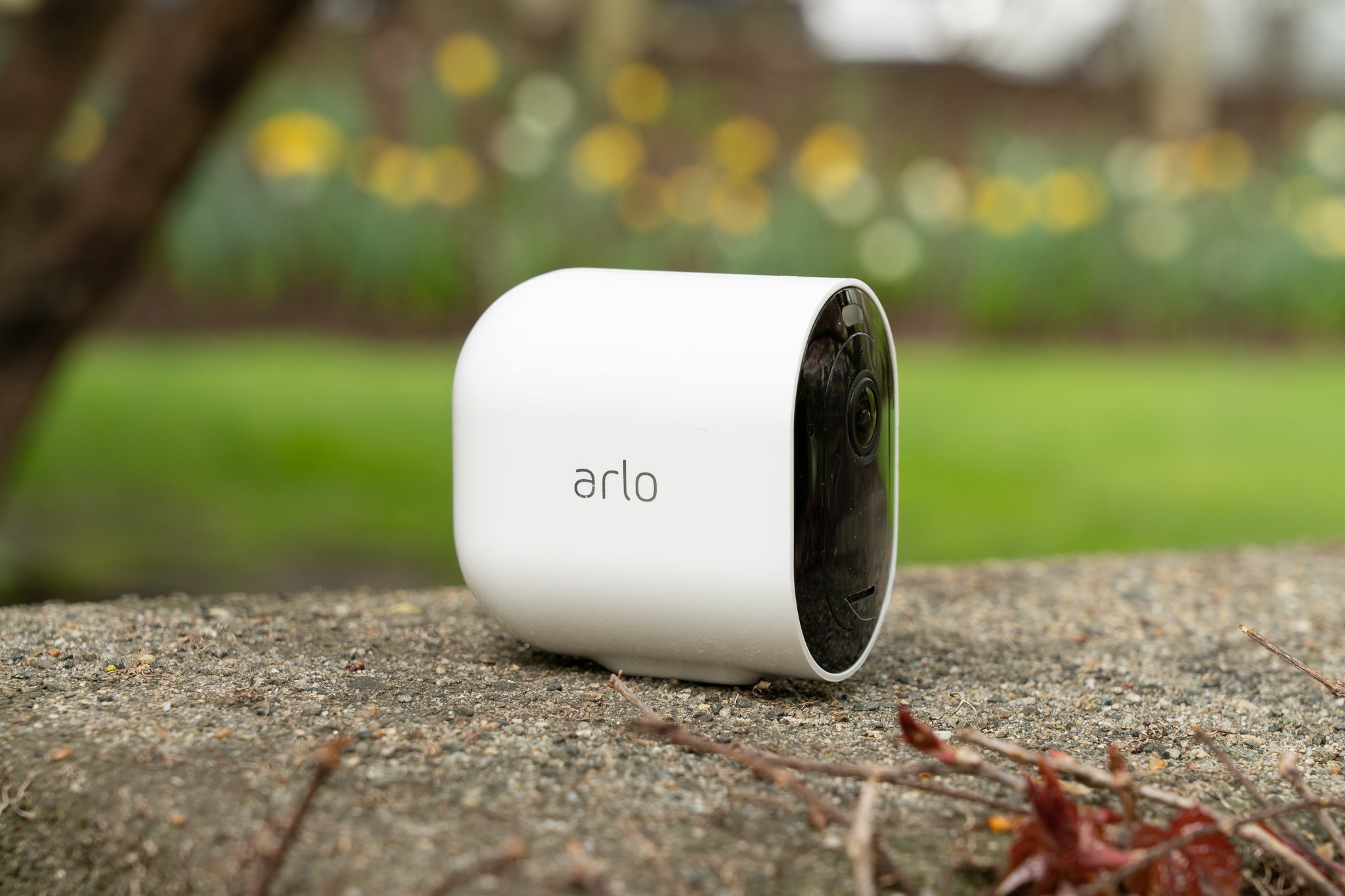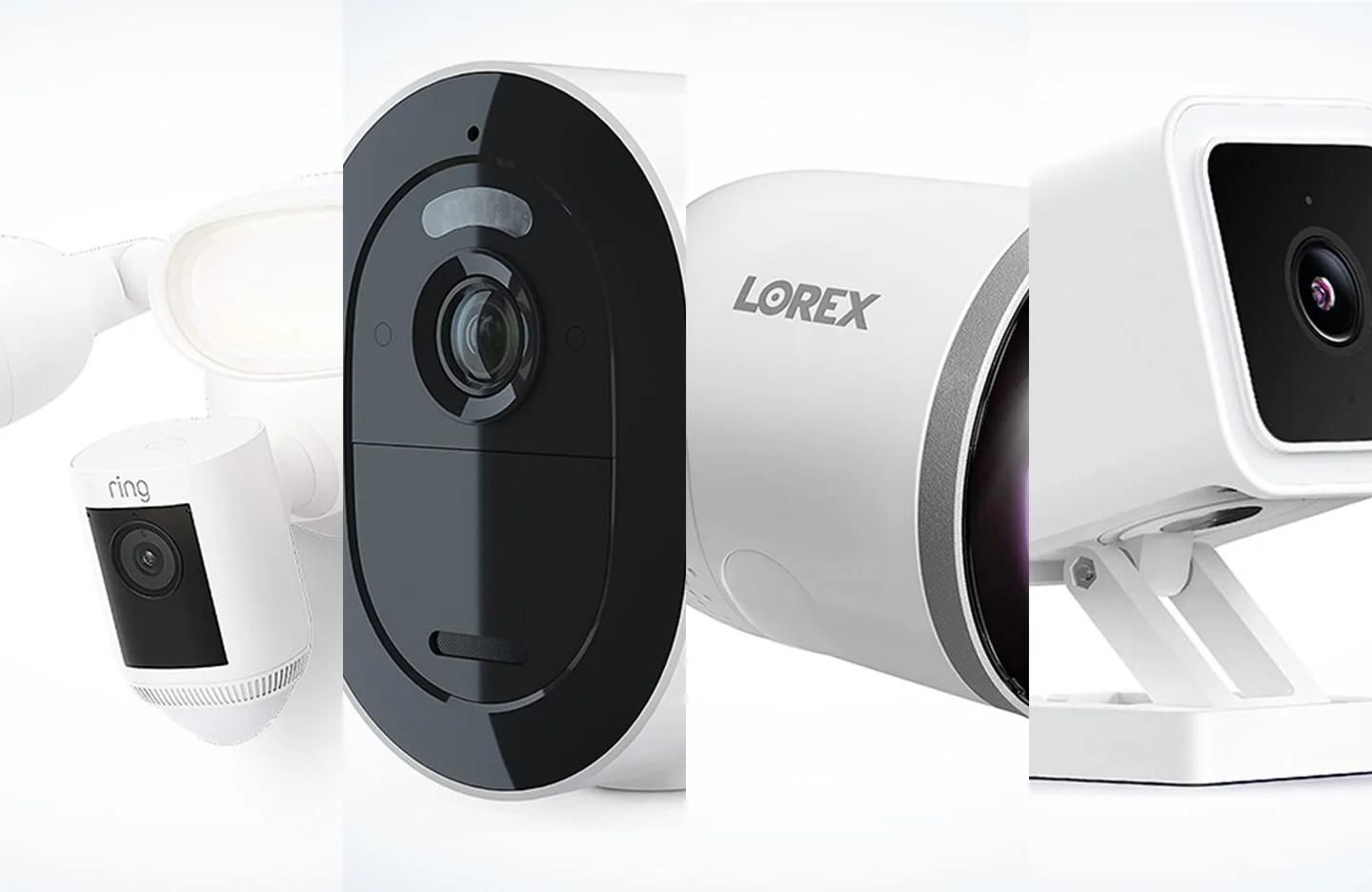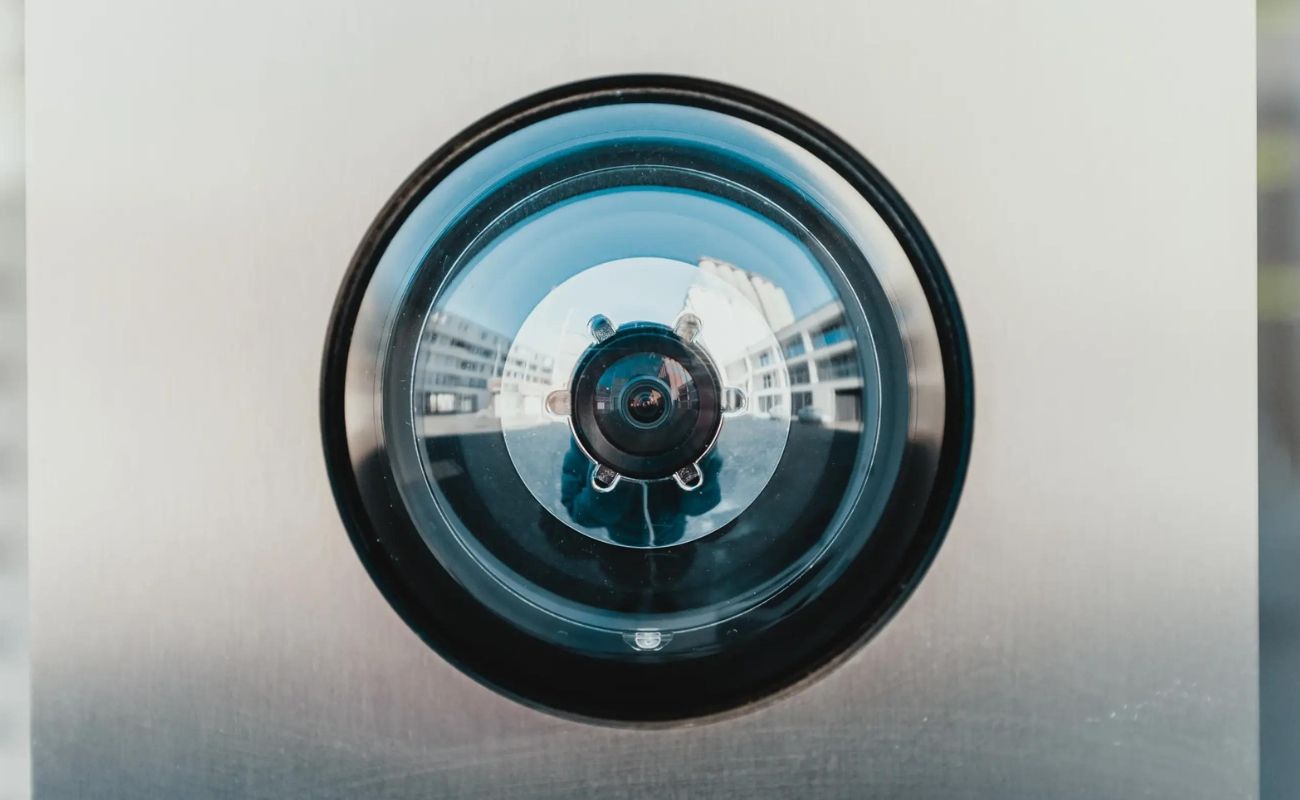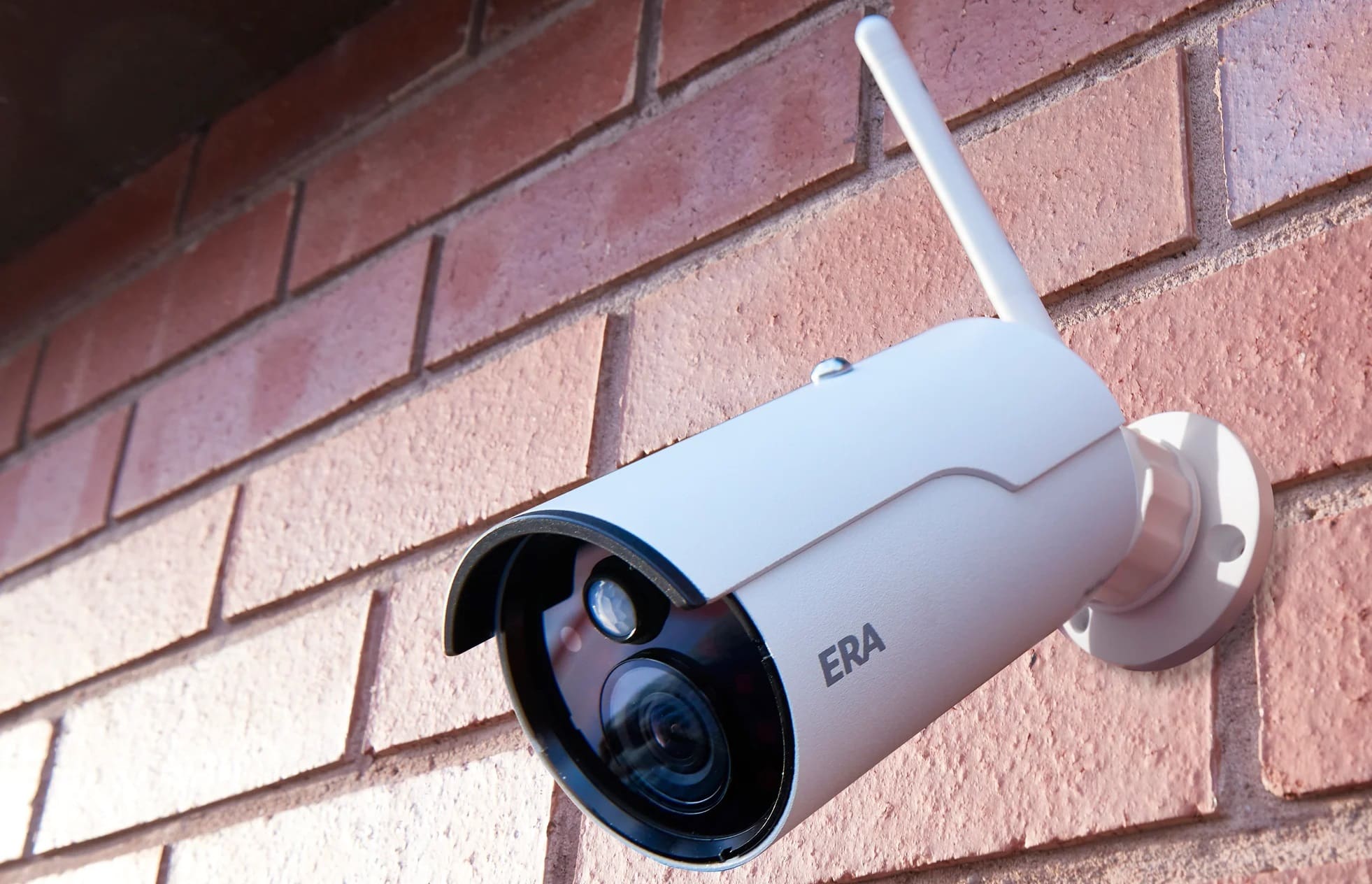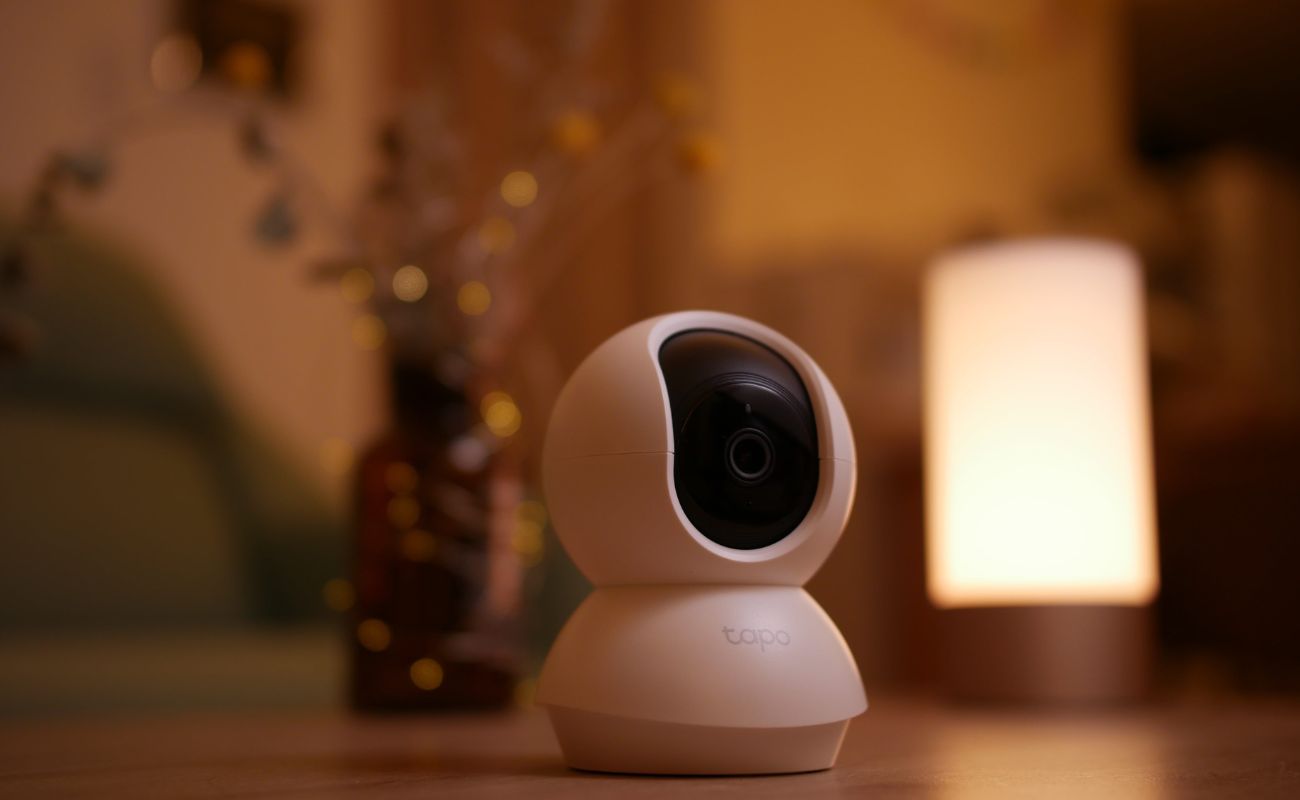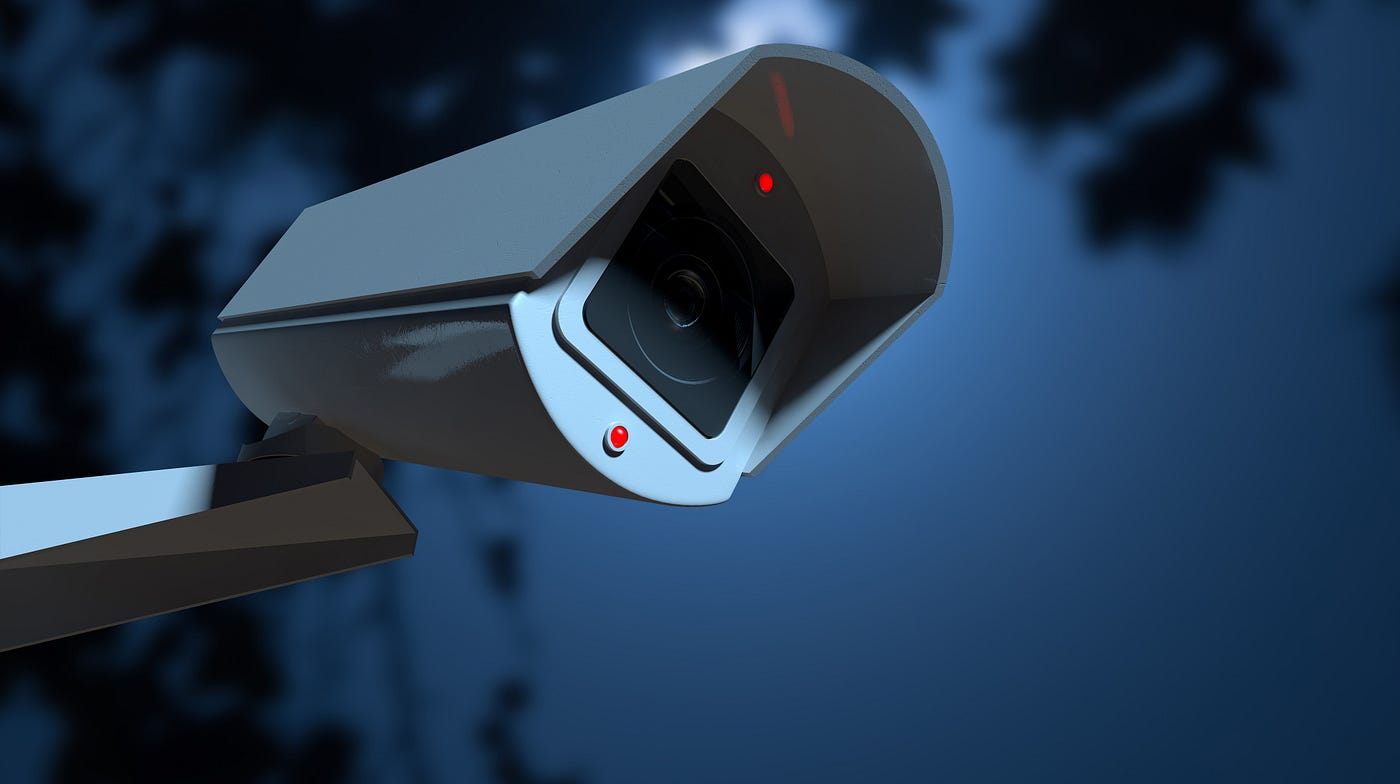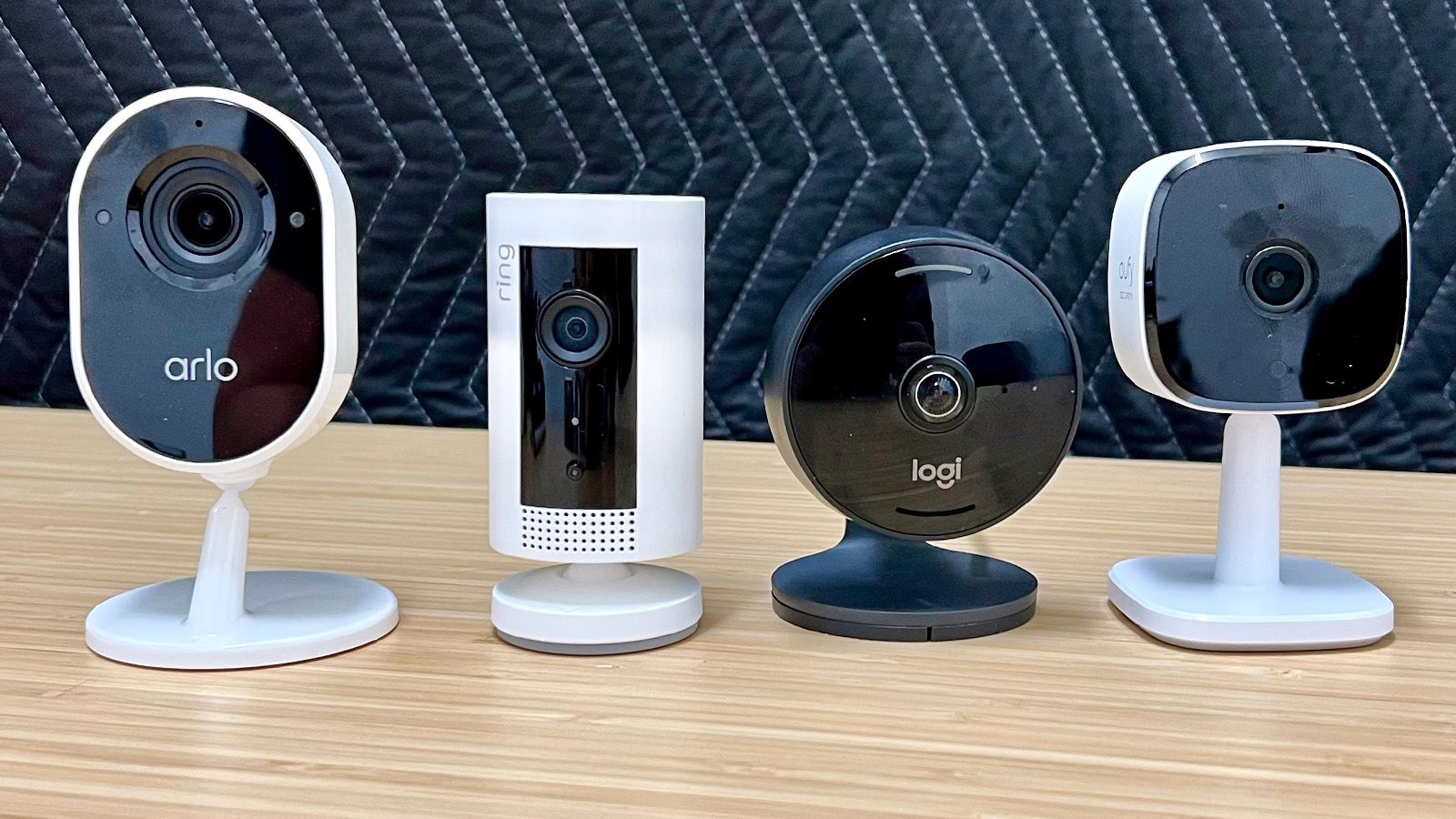Home>Home Security and Surveillance>What Is A Really Good Outdoor Wireless Security Camera System
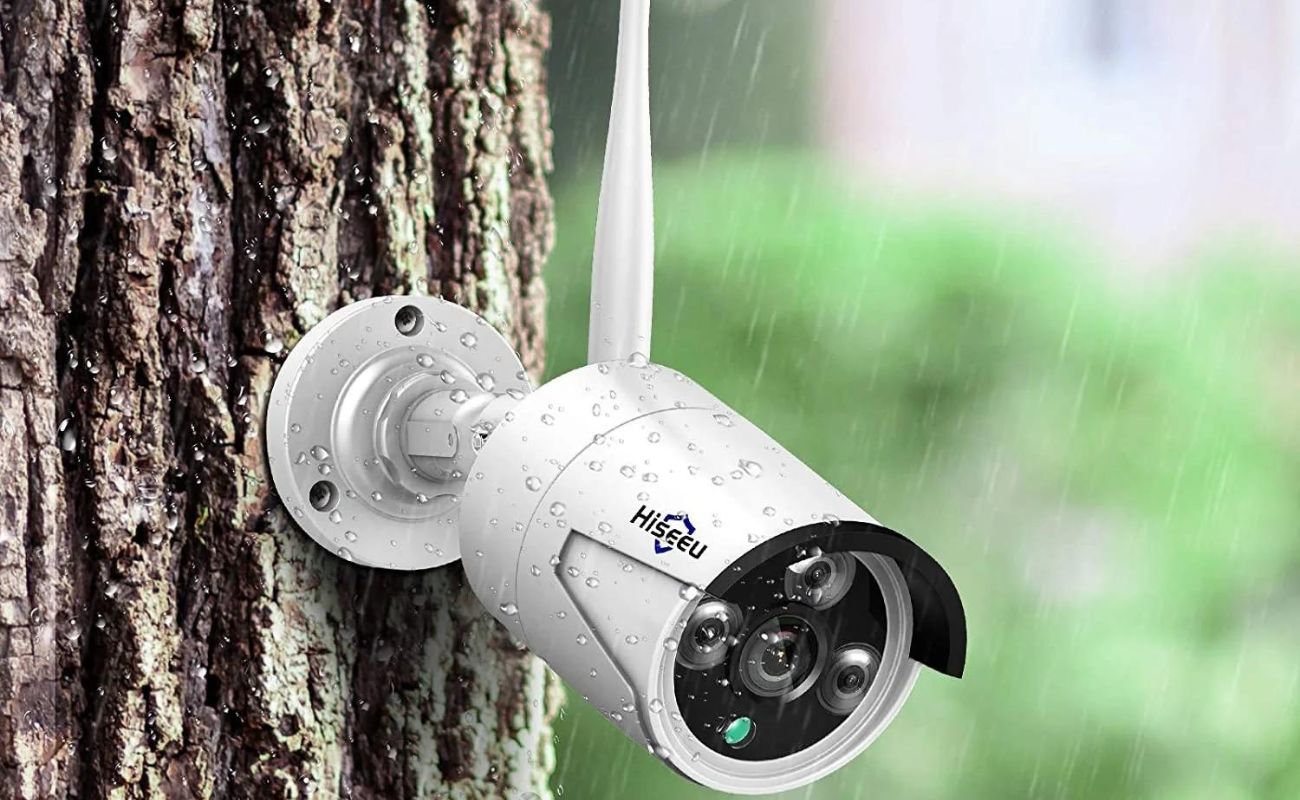

Home Security and Surveillance
What Is A Really Good Outdoor Wireless Security Camera System
Modified: March 6, 2024
Looking for a top-notch outdoor wireless security camera system? Discover the best options for your home security and surveillance needs, ensuring peace of mind and protection.
(Many of the links in this article redirect to a specific reviewed product. Your purchase of these products through affiliate links helps to generate commission for Storables.com, at no extra cost. Learn more)
Introduction
Welcome to the world of home security and surveillance! With advancements in technology, protecting your home and loved ones has become easier and more effective than ever before. One essential tool in your arsenal is an outdoor wireless security camera system. These systems provide an extra layer of protection by allowing you to monitor your property from anywhere at any time.
An outdoor wireless security camera system offers numerous benefits, including easy installation, flexibility, and the ability to capture high-quality video footage. Whether you are concerned about potential intruders, want to keep an eye on your kids playing in the backyard, or simply desire peace of mind, investing in a reliable outdoor wireless security camera system is a wise choice.
Choosing the right system can be overwhelming, given the wide range of options available in the market. However, by understanding the key factors to consider and the must-have features, you can make an informed decision that suits your specific needs.
In this comprehensive guide, we will explore the benefits of outdoor wireless security camera systems, discuss important factors to consider while choosing a system, highlight the top features to look for, and recommend some of the best systems for home use. We will offer insights into the installation and setup process and provide maintenance and troubleshooting tips to ensure that your system works efficiently at all times.
So, let’s dive into the world of home security and surveillance and discover how an outdoor wireless security camera system can help protect your home and give you peace of mind.
Key Takeaways:
- Investing in an outdoor wireless security camera system offers 24/7 monitoring, deterrence against intruders, and remote access for peace of mind. Consider factors like video quality, weather resistance, and budget when choosing a system.
- Top features to look for in a security camera system include motion detection, night vision, two-way audio, and smart home integration. Proper installation, regular maintenance, and troubleshooting ensure optimal system performance.
Read more: How Good Are Wireless Security Cameras
Benefits of an Outdoor Wireless Security Camera System
An outdoor wireless security camera system offers a range of benefits that make it an essential tool for protecting your home and loved ones. Here are some of the key advantages:
- 24/7 Monitoring: With an outdoor wireless security camera system, you have round-the-clock surveillance of your property. These cameras are equipped with night vision capabilities, allowing them to capture clear footage even in low light conditions. This ensures that you have a constant eye on what’s happening outside your home.
- Deterrence: The presence of visible outdoor wireless security cameras can act as a deterrent to potential burglars and intruders. Knowing that they are being watched and recorded significantly reduces the chances of them targeting your property. This extra layer of security can help prevent break-ins and keep your home safe.
- Remote Access: One of the significant advantages of an outdoor wireless security camera system is the ability to access live video feeds remotely. This means you can monitor your home from anywhere using your smartphone, tablet, or computer. Whether you’re at work, on vacation, or simply away from home, you can check in on your property and ensure everything is secure.
- Evidence Collection: In the unfortunate event of a crime or suspicious activity, an outdoor wireless security camera system can provide vital evidence. High-quality video footage captured by these cameras can be handed over to law enforcement to aid in investigations and increase the chances of apprehending the culprits. This footage can also be crucial for insurance claims purposes.
- Flexible Placement: As the name suggests, outdoor wireless security cameras are wireless, meaning they do not require any complicated wiring or drilling. This gives you the freedom to place the cameras wherever you want, without worrying about the constraints of cables. This flexibility allows you to cover multiple angles and areas of your property for comprehensive surveillance.
- Monitor Specific Areas: Outdoor wireless security cameras can be strategically placed to monitor specific areas of your property, such as entry points, driveways, or backyard. This allows you to focus on the areas that are most vulnerable to potential threats. Additionally, some advanced systems offer features like motion detection, which alerts you whenever there is activity in the monitored area.
An outdoor wireless security camera system offers peace of mind and heightened security. It allows you to keep a close eye on your property and act proactively in case of any suspicious activity. With the aforementioned benefits in mind, it’s clear why investing in an outdoor wireless security camera system is a smart choice for any homeowner.
Factors to Consider when Choosing an Outdoor Wireless Security Camera System
When selecting an outdoor wireless security camera system for your home, it’s important to consider several factors to ensure that you make the right choice. Here are some key considerations to keep in mind:
- Video Quality: The video quality of the cameras is crucial as it determines the level of detail captured. Look for cameras that offer at least 1080p resolution for clear and crisp footage. Higher resolutions, such as 2K or 4K, provide even better image quality but may come at a higher price.
- Field of View: The field of view (FOV) of the camera determines the area it can cover. Cameras with wider FOVs can capture more of the surroundings, minimizing blind spots. Consider the layout of your property and the areas you want to monitor to determine the appropriate FOV for your needs.
- Weather Resistance: Since outdoor cameras are exposed to the elements, they need to be weather-resistant. Look for cameras with an IP rating of 65 or higher, indicating that they are dustproof and can withstand water from rain or sprinklers. Additionally, ensure that the camera’s temperature range is suitable for the climate in your area.
- Wireless Range: Check the wireless range of the camera system to ensure that it can reach all the areas you want to monitor. A system with a longer wireless range will give you more flexibility in camera placement. Keep in mind that the range may vary depending on the obstacles (such as walls or trees) between the cameras and the receiver.
- Power Source: Find out how the cameras are powered. Some outdoor wireless security cameras are battery-powered and require periodic recharging or battery replacement. Others might be solar-powered or need to be connected to a power outlet. Consider which power option is most convenient for your specific setup.
- Integration with Other Devices: Consider whether the camera system can integrate with other devices or smart home platforms. Integration allows you to control and view the camera feeds through a centralized app or system, providing a seamless user experience and enhancing security automation.
- Storage Options: Determine how the camera system stores recorded footage. Many systems offer cloud storage options that allow you to access and retrieve your footage remotely. Additionally, some cameras have built-in SD card slots for local storage. Consider the storage capacity and any associated costs when making your decision.
- Budget: Set a budget that aligns with your needs and priorities. Outdoor wireless security camera systems can vary greatly in price, depending on the brand, features, and number of cameras included. Determine what features are essential for you and consider the long-term costs, including any subscription fees for cloud storage or additional services.
By considering these factors, you can narrow down your options and find an outdoor wireless security camera system that meets your specific requirements. Remember to prioritize your home’s security needs while taking into account your budget and any additional features that would enhance your overall surveillance setup.
Top Features to Look for in an Outdoor Wireless Security Camera System
When choosing an outdoor wireless security camera system, there are several essential features to consider. These features can enhance the functionality, usability, and effectiveness of the system. Here are the top features to look for:
- Motion Detection: A camera system with motion detection capabilities can automatically start recording when it detects movement. This feature is especially useful in conserving storage space and alerting you to potential intruders. Look for adjustable sensitivity settings to reduce false alarms triggered by harmless movements, such as foliage or pets.
- Night Vision: Opt for cameras with built-in infrared LEDs or low-light sensors to ensure clear visibility during nighttime or low-light conditions. This feature is crucial for capturing important details and maintaining surveillance around the clock.
- Two-Way Audio: Some outdoor wireless security cameras are equipped with built-in microphones and speakers, allowing for two-way audio communication. This feature enables you to speak and listen to people near the camera, which can be useful for deterring potential intruders or communicating with delivery personnel.
- Mobile App Access: Look for a camera system that offers a mobile app for easy access and control. With a mobile app, you can view live feeds, playback recorded footage, receive notifications, and even control other connected devices, all from your smartphone or tablet.
- Cloud Storage: Cloud storage allows you to securely store and access your recorded footage remotely. Opt for a camera system that offers cloud storage options, as it provides an extra layer of security and convenience. Consider the storage capacity offered and any associated costs or subscription fees.
- Wide Dynamic Range (WDR): WDR technology helps balance the exposure and brightness levels in different lighting conditions. This ensures that the camera can capture clear images in challenging scenarios, such as backlighting or direct sunlight.
- Smart Home Integration: If you have other smart home devices or a smart home hub, choose a camera system that can integrate with your existing ecosystem. Integration allows you to control and monitor the cameras through a central app or voice commands using virtual assistants like Amazon Alexa or Google Assistant.
- Remote Pan and Tilt: Some advanced outdoor wireless security cameras offer the ability to remotely pan and tilt the camera lens, providing a wider coverage area. This feature allows you to adjust the camera’s viewing angle without physically moving it, giving you more control over your surveillance.
- Weatherproof Construction: Ensure that the cameras are designed to withstand the elements. Look for cameras with an IP rating of 65 or higher, indicating their resistance to dust and water. Additionally, choose cameras with sturdy construction and durable materials to ensure long-lasting performance.
- Easy Installation: Opt for a camera system that offers simple and hassle-free installation. Look for cameras that are easy to mount and set up without the need for professional assistance or complex wiring. This allows you to save time and effort while ensuring a secure installation.
By prioritizing these features and finding a camera system that meets your requirements, you can ensure that you have a reliable and feature-rich outdoor wireless security camera system. Remember to consider the specific needs of your home and the level of security you desire when making your decision.
When choosing an outdoor wireless security camera system, look for one with high resolution, night vision, weatherproof design, and easy installation. This will ensure clear footage and reliable performance.
Best Outdoor Wireless Security Camera Systems for Home Use
Choosing the best outdoor wireless security camera system can be daunting, given the multitude of options available in the market. To help you make an informed decision, here are some of the top-rated systems for home use:
- Arlo Pro 3: The Arlo Pro 3 is a popular choice known for its excellent video quality and advanced features. It offers 2K HDR video resolution, a wide 160-degree field of view, and color night vision. The system is compatible with Amazon Alexa, Google Assistant, and Apple HomeKit for seamless integration into your smart home ecosystem.
- Nest Cam Outdoor: The Nest Cam Outdoor is renowned for its reliable performance and user-friendly features. It offers 1080p HD video resolution, a 130-degree wide field of view, and excellent night vision capabilities. The camera works seamlessly with the Nest mobile app, allowing you to receive motion alerts, view live footage, and control other Nest devices with ease.
- Ring Spotlight Cam: The Ring Spotlight Cam combines outdoor surveillance with built-in motion-activated lights and a siren to provide enhanced security. It offers 1080p HD video resolution, a 140-degree field of view, and two-way audio. The Ring mobile app allows you to customize motion zones, receive instant notifications, and interact with visitors using the camera’s integrated intercom.
- Reolink Argus 2: The Reolink Argus 2 is a versatile and budget-friendly option that offers excellent value for money. It features 1080p HD video resolution, a 130-degree wide field of view, and starlight night vision for clear footage even in low-light conditions. The camera is powered by a rechargeable battery and supports local storage via an SD card, as well as optional cloud storage.
- Google Nest Cam IQ Outdoor: The Google Nest Cam IQ Outdoor offers advanced AI-driven features and exceptional video quality. It boasts 4K Ultra HD video resolution, a 130-degree wide field of view, and powerful facial recognition technology. The camera is weatherproof and includes a built-in speaker and microphone for two-way communication.
- Wyze Cam Outdoor: The Wyze Cam Outdoor is an affordable option that doesn’t compromise on features or performance. It offers 1080p HD video resolution, a 110-degree wide field of view, and up to 6 months of battery life. The camera is weather-resistant and supports local storage via a microSD card, as well as optional cloud storage.
These are just a few examples of the best outdoor wireless security camera systems available for home use. When selecting a system, consider your specific requirements, budget, and the level of integration you desire with other smart home devices. It’s also a good idea to read customer reviews and compare features to ensure you choose a system that meets your needs and provides optimal security for your home.
Installation and Setup of Outdoor Wireless Security Camera Systems
Installing and setting up an outdoor wireless security camera system may vary depending on the specific brand and model you choose. However, here are some general steps to guide you through the process:
- Planning and Camera Placement: Start by assessing the areas you want to monitor and determine the best camera placements. Consider the field of view, potential obstacles, and the angles that will provide the most effective surveillance coverage.
- Mounting the Cameras: Once you have identified the camera locations, use the provided mounting brackets and screws to attach the cameras securely. Ensure that they are positioned at the desired angle and that the view is unobstructed.
- Power Source: Depending on the camera model, you may need to connect the cameras to a power source. If they are battery-powered, make sure the batteries are fully charged before installation. If the cameras require a power outlet, place them within reach of an outdoor power source or use weatherproof power cables or extensions.
- Connecting the Base Station/Receiver: For wireless systems that include a base station or receiver, connect it to your home network using an Ethernet cable. Follow the manufacturer’s instructions to establish a stable connection.
- Syncing the Cameras: Once the base station or receiver is connected, follow the instructions to sync the cameras with the system. Usually, this involves pressing a sync button or scanning a QR code using the camera’s mobile app. Ensure that the cameras are within range of the base station or receiver during the syncing process.
- Mobile App Setup: Download the camera manufacturer’s mobile app and create an account if necessary. Follow the app’s instructions to connect the system to your account and customize settings such as motion detection, alerts, and storage options. The app will guide you through the process and allow you to access the camera feeds and control other system features from your smartphone or tablet.
- Testing and Adjustments: Once the cameras are set up and synced, test the system to ensure everything is functioning correctly. Check the live feeds, playback recorded footage, and adjust settings as needed. Make any necessary positioning or angle adjustments to optimize the camera’s view and coverage areas.
Remember to consult the manufacturer’s installation manual or online resources specific to your camera system for detailed, step-by-step instructions. It’s also a good idea to refer to any troubleshooting guides provided to resolve any issues that may arise during the setup process.
Keep in mind that if you’re uncomfortable with the installation process or lack the necessary tools, it’s best to seek professional assistance to ensure proper installation and optimal performance of your outdoor wireless security camera system.
Maintenance and Troubleshooting Tips for Outdoor Wireless Security Camera Systems
Maintaining and troubleshooting your outdoor wireless security camera system is essential to ensure its optimal performance and longevity. Here are some valuable tips to help you keep your system in top shape:
- Regular Cleaning: Dust, dirt, and debris can accumulate on the camera lens, affecting the image quality. Clean the lenses periodically using a soft, lint-free cloth to remove any buildup. Avoid using harsh chemicals or abrasive materials that could scratch or damage the lens.
- Check Power Sources: If your cameras are battery-powered, regularly check the battery life and replace or recharge them as needed. For cameras connected to a power outlet, ensure that the power source is functioning correctly and has a reliable connection. Consider using surge protectors to safeguard your system against power surges.
- Monitor Signal Strength: Keep an eye on the signal strength between the cameras and the receiver or base station. Weak signal can cause interruptions in live feeds and recorded footage. If you notice signal issues, try repositioning or relocating the cameras or use Wi-Fi range extenders to improve coverage.
- Software Updates: Stay up to date with the latest firmware and software updates for your camera system. Manufacturers often release updates that improve performance, add new features, and address security vulnerabilities. Check for updates regularly through the mobile app or the manufacturer’s website and follow the instructions to install them.
- Adjust Motion Detection Settings: Fine-tune the motion detection settings to minimize false alerts caused by irrelevant movement such as tree branches or flowing shadows. Adjust the sensitivity level and set motion detection zones to focus on specific areas of interest or exclude areas prone to false alarms.
- Secure Your Network: Ensure that your home network is properly secured with a strong password. Use WPA2 or WPA3 encryption and change the default login credentials for your camera system. Regularly update your Wi-Fi router’s firmware to protect against security vulnerabilities.
- Backup and Storage: If your camera system supports local storage via SD cards, make sure to periodically back up the recorded footage to prevent data loss. If you rely on cloud storage, monitor your storage capacity and consider upgrading your plan if needed.
- Check for Obstructions: Over time, landscaping, construction, or other changes to your property may obstruct the camera’s view or wireless signal. Regularly check for any obstructions and trim vegetation or make necessary adjustments to maintain proper surveillance coverage.
- Test and Monitor Camera Performance: Perform regular checks on your camera system to ensure that all cameras are functioning properly. Test the live feeds, check for any image or video quality issues, and ensure that motion detection, night vision, and other features are working as intended.
- Contact Customer Support: If you encounter any technical issues or experience persistent problems with your camera system, reach out to the manufacturer’s customer support. They can provide further guidance, troubleshoot specific issues, or arrange repairs or replacements if necessary.
By following these maintenance and troubleshooting tips, you can ensure that your outdoor wireless security camera system remains reliable and performs at its best, giving you peace of mind and enhanced home security.
Conclusion
Investing in an outdoor wireless security camera system is a proactive step towards protecting your home and loved ones. These systems offer a myriad of benefits, including 24/7 monitoring, deterrence against intruders, remote access, and evidence collection in case of a crime.
When choosing an outdoor wireless security camera system, consider factors such as video quality, field of view, weather resistance, wireless range, power source, integration with other devices, storage options, and your budget. By evaluating these factors, you can select a system that meets your specific needs and provides reliable security.
Look for key features like motion detection, night vision, two-way audio, mobile app access, cloud storage, wide dynamic range, smart home integration, and remote pan and tilt. These features enhance the functionality and usability of your system, allowing for more effective surveillance and a better user experience.
Top-rated outdoor wireless security camera systems for home use include models like Arlo Pro 3, Nest Cam Outdoor, Ring Spotlight Cam, Reolink Argus 2, Google Nest Cam IQ Outdoor, and Wyze Cam Outdoor. These systems offer a combination of excellent video quality, advanced features, and reliable performance.
During the installation and setup process, carefully plan camera placement, properly mount the cameras, connect the base station or receiver, sync the cameras, and set up the mobile app for remote access and customization. Regular cleaning, checking power sources, monitoring signal strength, updating software, adjusting motion detection settings, and securing your network are important maintenance steps to ensure optimal camera performance.
If you encounter any technical issues or have persistent problems, contact customer support for further assistance. They can guide you through troubleshooting steps or arrange repairs or replacements if necessary.
In conclusion, an outdoor wireless security camera system is a valuable investment that provides peace of mind, enhanced security, and remote access to your property. With proper maintenance and troubleshooting, you can ensure that your system operates efficiently, allowing you to keep an eye on your home and loved ones, no matter where you are.
Frequently Asked Questions about What Is A Really Good Outdoor Wireless Security Camera System
Was this page helpful?
At Storables.com, we guarantee accurate and reliable information. Our content, validated by Expert Board Contributors, is crafted following stringent Editorial Policies. We're committed to providing you with well-researched, expert-backed insights for all your informational needs.
